Living like it’s 2050 – Pickards Mountain Eco-Institute
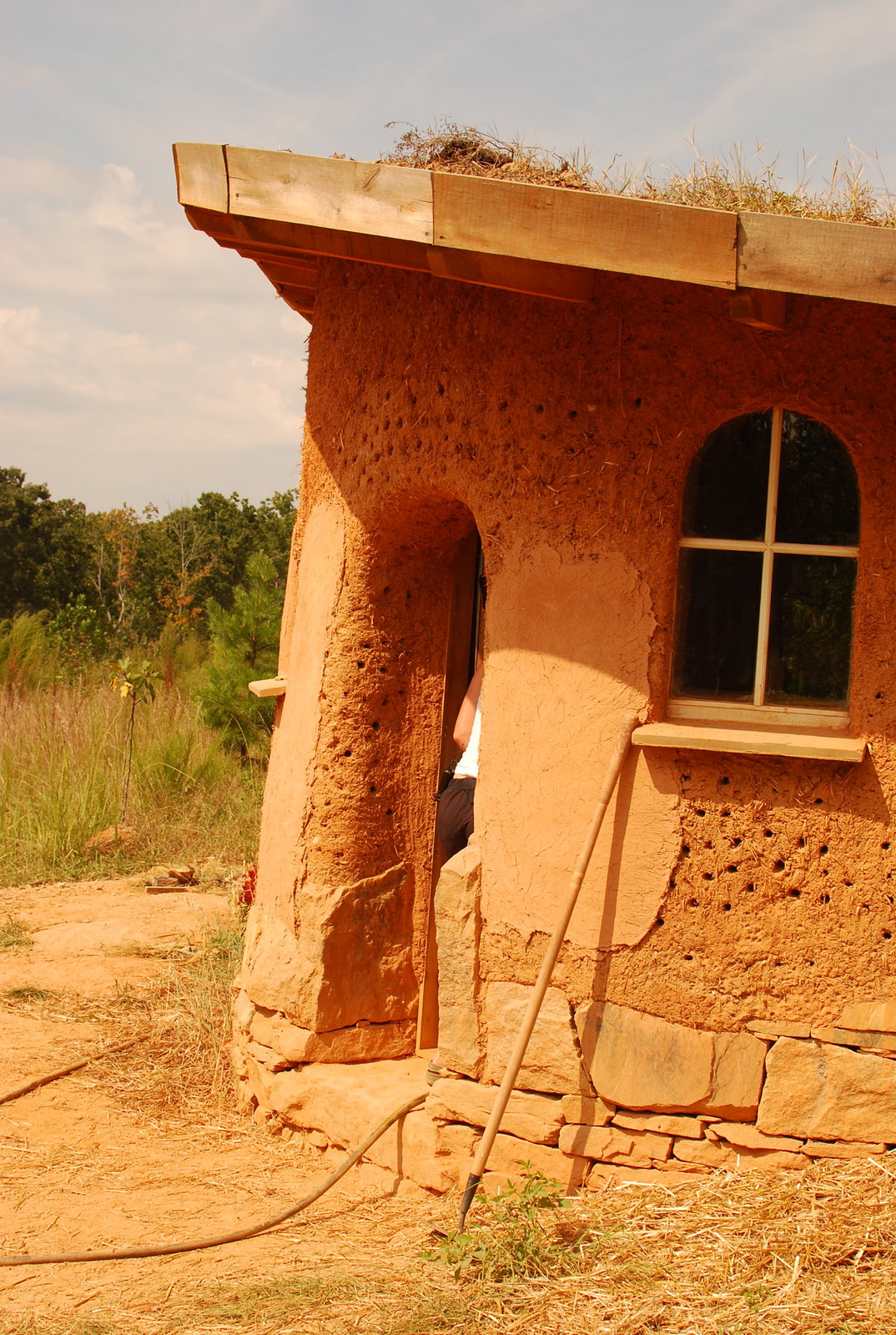
The folks at fair companies have been making a lot of great videos that focus on sustainability and simple living. This video was filmed in North Carolina at the Pickards Mountain Eco-Institute, which is dedicated to exploring ways modern humans can learn to coexist with our natural habitat. In other words, find a way to live sustainably while taking into account the potential impacts of climate change and rising energy costs.
On this 350-acre farm is a small village with three canvas Yomes that encircle a shared outdoor kitchen. They are also building a small cob house which you’ll see in the video below.
Visit their website to learn more about Pickards Mountain Eco-Institute. You might also enjoy reading this interview with Tim Toben, one of the founders as well as the Transition Town Movement.
Photo credit to the folks at fair companies.

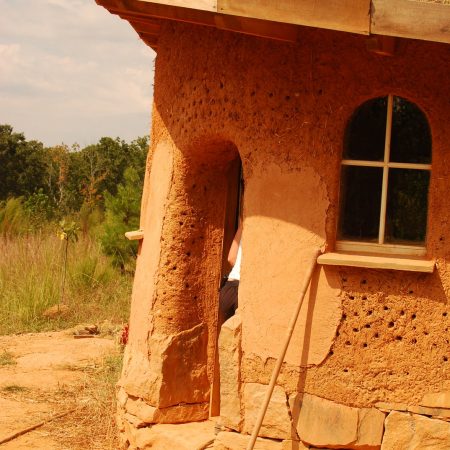
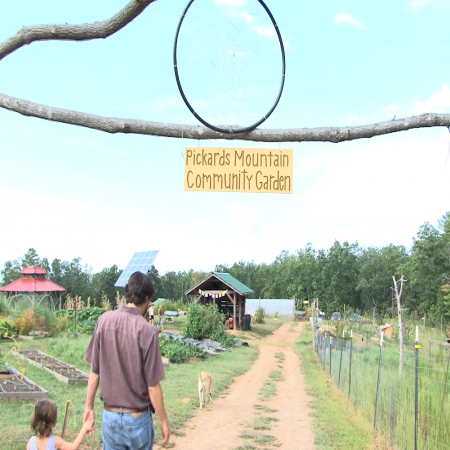
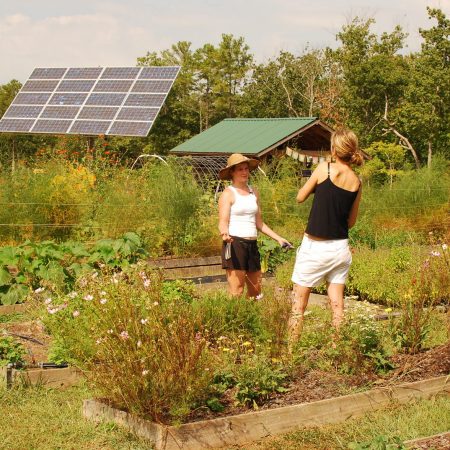
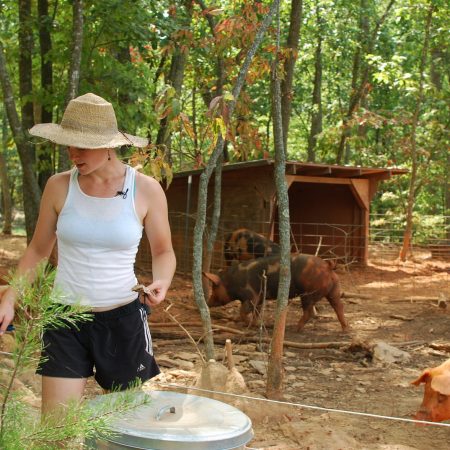
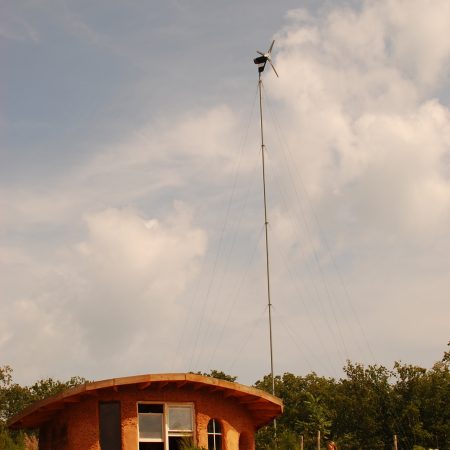
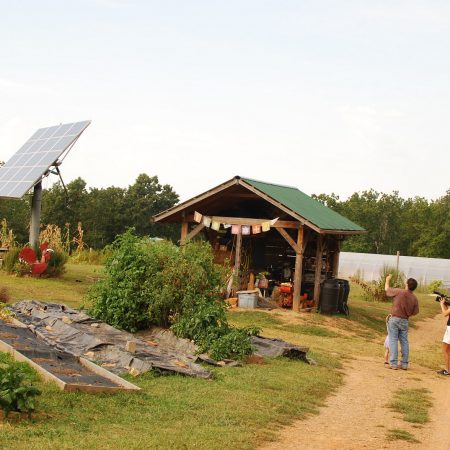
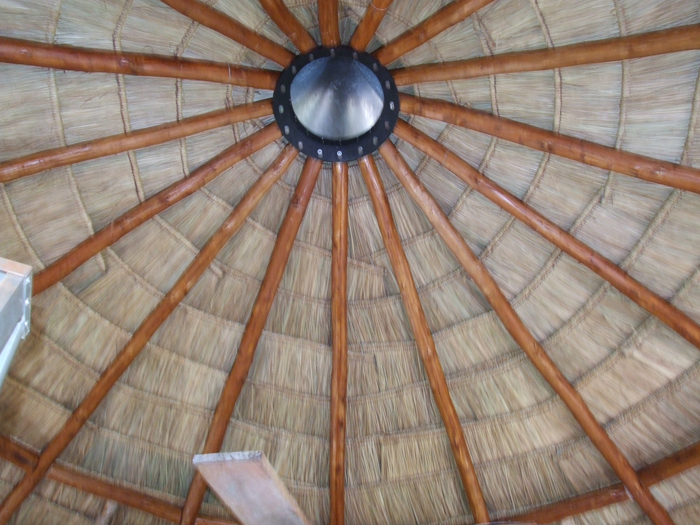
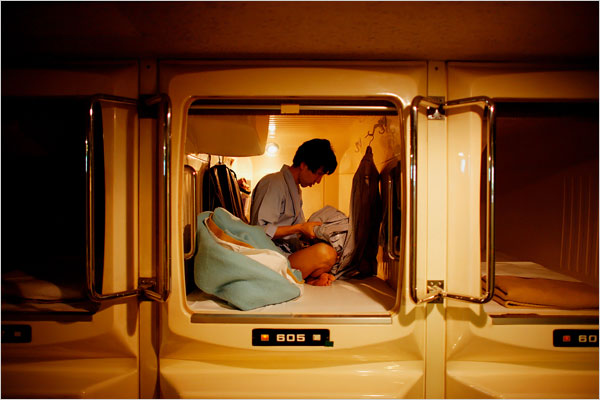

I can get behind everything you are doing out there but I am dismayed at “when an animal gives you the gift of its life”, seems to me that is at odds with not harming the planet. I would think for eco-mindedness you would come to the logical conclusion that animals raised for food is a waste of farm land compared to plants raised to feed us. Even if the animals are raised well, they still so often go to slaughter facilities that provide them with horrific last moments of their lives.
I had a bit of trouble with that art of the video too, but I have noticed that many people that are homesteading or practicing some kind of sustainable farming have similar attitudes toward the animals they raise for food.
I agree with you that there is a very strong argument that supports the idea that if we are going to raise grains (etc) intended as animal feed it might be more efficient to simply eat that grain ourselves.
Raising animals and eating them is not inherently harmful to the planet. It is true that optimum food output comes from feeding people grain rather than feeding animals grain to feed us. However, when we raise animals sustainably the stress on the planet is much lighter. In addition, this model assumes eating animal protein in much smaller quantities than is currently popular in America and western Europe.
I agree with teleia, humanure has to be cooked clean to use because of all the toxins in the average persons body. Manure is great for soil rebuilding when the plant has been harvested for consumption. Most folks want to eat meat and if the animals are raised in an organic atmosphere, it is better. Not everyone will want to wean off of meat right away, so we have to wean! Baby steps and a clear message will win the day! Blessings All!
you miss the point that plants and animals evolved together. Eat the grain, and feed animals the celulose products (grass and browse) they evolved to…*then* eat the animal.
unfortunately, the only logical solution is the reduction in populaton. The “carrying capacity” of the earth is finite. In other words…you can only put so many cows, chickens or humans on a certain amount of land.
Love the video. Looks like a fine project.
I like the chard growing in the green-house. Excellent choice of food. Grows easily, nutritious, & makes great fertilizer.
Love the building.
That’s a great attitude on slaughtering your livestock.